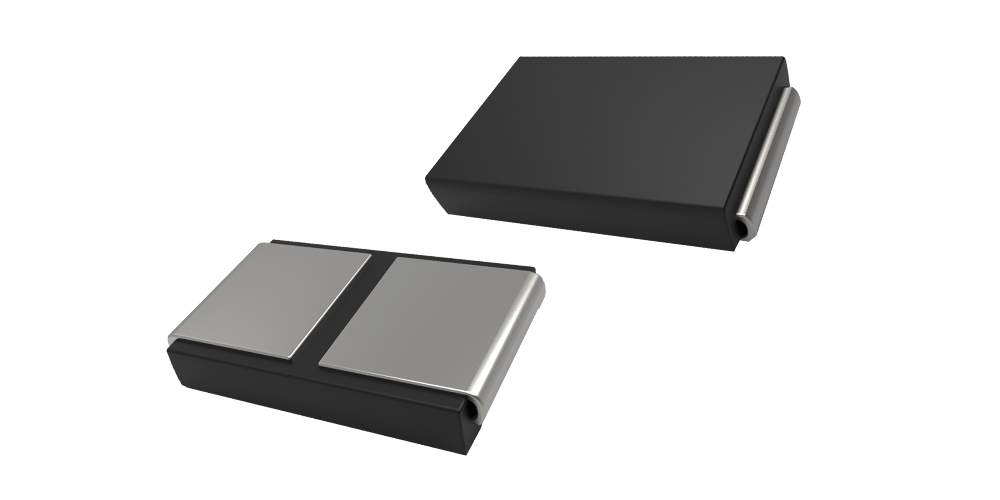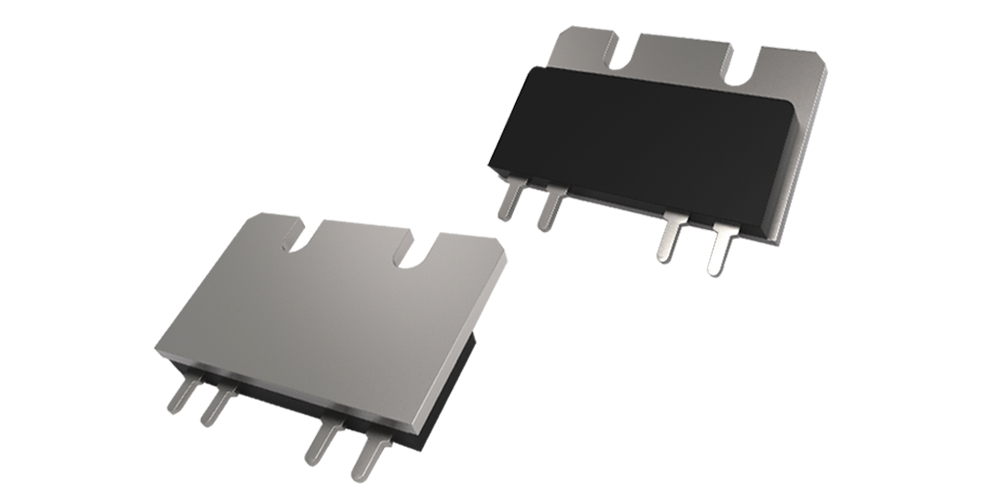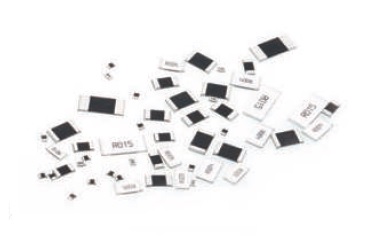Position:Home » Industry News
Measuring Current with Metal-Layer Shunts
Writer:Microhm Page View:Date:2019-09-09
A shunt is a low-value resistor used to measure current – it is therefore also referred to as a current-sense resistor. Microhm Electronics MPR series and MMS Series are typical current-sense resistor. The shunt typically connects in series so it carries the current of interest. A voltage measurement device then connects in parallel with the shunt. The current through the shunt generates a voltage drop that is measured. The current value is derived from Ohm’s law and the known resistance (I = V/R). To keep power loss – and thus heat development – to a minimum, shunts must have resistive values no higher than the milliohm range. Some are even below that.

Today, practically every control and monitoring circuit uses shunt-based current measurements as an alternative to sensors. To make these measurements accurately, it is useful to understand how shunts work. Because the method is categorized as a precision measuring technology, it should not be regarded as trivial.
The advantage of this measuring method is that it allows the quick detection and elimination of faults. Shunts are therefore particularly interesting for safety-relevant applications where faults must be detected. Furthermore, shunts deliver precise measurements and thus enable the efficient control of drives or the monitoring of battery management systems. And shunt resistors are an excellent value for money.

Shunts are basically suitable for any type of measuring application – be it direct or alternating current. Shunts are currently experiencing a boom, especially thanks to the rising number of condition measurements in vehicles — engine and battery management, airbag control units, ABS, infotainment systems, and so forth. Current-sense resistors are also becoming ever more widely used in industrial applications, medical technology, for regenerative energies, and for smart metering.
Shunts are available as metal layer technology, like Microhm Electronics MPR series and in full-metal versions, Microhm Electrnonics MMS series for instance. Layer resistors are considerably less expensive but their resistance value changes with temperature to a greater degree than do the full-metal devices.

The make-up of metal-layer shunts also brings a notable disadvantage: With metal layer resistors, a paste is applied to a ceramic substrate and adjusted to the desired value using laser trimming. This results in an inhomogeneous structure that is trimmed to the rated value as a meandering shape. This meandering shape causes a series inductance, potentially degrading current measurements. The voltage drop at the shunt, U, then follows the equation U = I x R – L(di/dt). Consequently, metal layer resistors are only worth considering if inductance is unimportant.

The advantage of this measuring method is that it allows the quick detection and elimination of faults. Shunts are therefore particularly interesting for safety-relevant applications where faults must be detected. Furthermore, shunts deliver precise measurements and thus enable the efficient control of drives or the monitoring of battery management systems. And shunt resistors are an excellent value for money.

Shunts are basically suitable for any type of measuring application – be it direct or alternating current. Shunts are currently experiencing a boom, especially thanks to the rising number of condition measurements in vehicles — engine and battery management, airbag control units, ABS, infotainment systems, and so forth. Current-sense resistors are also becoming ever more widely used in industrial applications, medical technology, for regenerative energies, and for smart metering.
Shunts are available as metal layer technology, like Microhm Electronics MPR series and in full-metal versions, Microhm Electrnonics MMS series for instance. Layer resistors are considerably less expensive but their resistance value changes with temperature to a greater degree than do the full-metal devices.

The make-up of metal-layer shunts also brings a notable disadvantage: With metal layer resistors, a paste is applied to a ceramic substrate and adjusted to the desired value using laser trimming. This results in an inhomogeneous structure that is trimmed to the rated value as a meandering shape. This meandering shape causes a series inductance, potentially degrading current measurements. The voltage drop at the shunt, U, then follows the equation U = I x R – L(di/dt). Consequently, metal layer resistors are only worth considering if inductance is unimportant.
Keywords:Metal-Layer
Latest News
- Resistor's role in measuring and correcting LED,,,
- Single through-hole resistors' characteristics ,,,
- Why shunt resistors for current sense applicati,,,
- Metal-film resistors with small size, high resi,,,
- 36W High-Current Shunt Resistors MMS8420,,,
- 1W Surface Mount Resistor MPR1206,,,
- An Overview of Microhm Electronics' Resistor Pr,,,
- More anti-sulfur resistors used in harsh envir,,,
- Resistance changes with temperature,,,
- 140W TO247 High Power Heatsinkable Resistor,,,
- MMS5930 is ideal for current sensing in industr,,,
- Shunt resistors selection for engineers' design,,,
- Considerations for choosing precision resistors,,,
- Ceramic Encased Cement Resistors NWH Series for,,,
- Resistors for Passive Balancing in Battery-Pow,,,
Hot Articles
- Microhm will take part in 10th Automotive World,,,
- Thanks for Visiting Microhm's Booth E5-5706 in ,,,
- Resistors in Short Supply: Blame Cars,,,
- New lunch: High Power Precision Shunt Resistor,,,,
- How to Test a Resistor,,,
- Innovative Technology, Future Electric: Electri,,,
- What is Precision Resistors?,,,
- SMD Resistors Sizes and Packages,,,
- The Construction and Features of Metal Film Res,,,
- What is a TO-220 Resisor?,,,
- Hot Selling Products: Precision Shunt Resistors,,,
- How to Calculate the Equivalent Resistance Valu,,,
- What is a Fixed Resistor?,,,
- Resistors in LED Circuits,,,
- Resistors Types and Materials Overview,,,
Resistance applications
- Precision Resistors' Construction and TCR,,,
- Industrial Roberts Applied to Solar Photovoltai,,,
- Carbon Film Resistors' Features and Application,,,
- Urbanization Development Bringing the Transform,,,
- Miniature future for passive electronic compone,,,
- Select the Right Resistor for Harmonic Filterin,,,
- The Four Important Functions of Alloy Resistors,,,
- The Main Application for High Precision and Low,,,
- Shunt Resistor MMS8420 for High Current Stable ,,,
- The Measurement Accuracy of Automotive Shunt is,,,
- Difference Between High Precision Resistors and,,,
- BMS for New Energy Vehicle,,,
- Heater Blower Motor Resistor in Air Conditioner,,,
- Why Zero-Ohm Resistors?,,,
- Surface Mount Resistor's Size and Package ,,,
